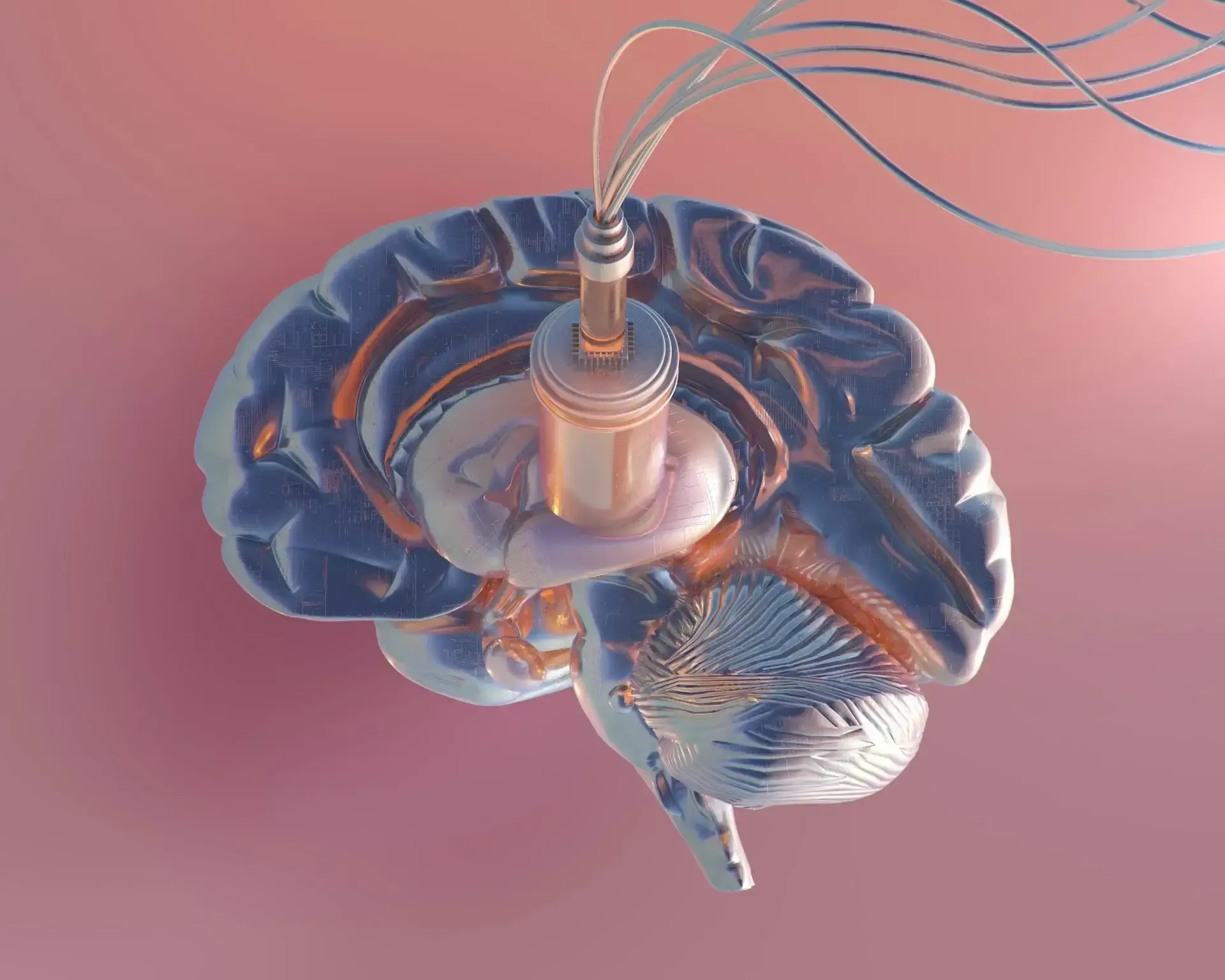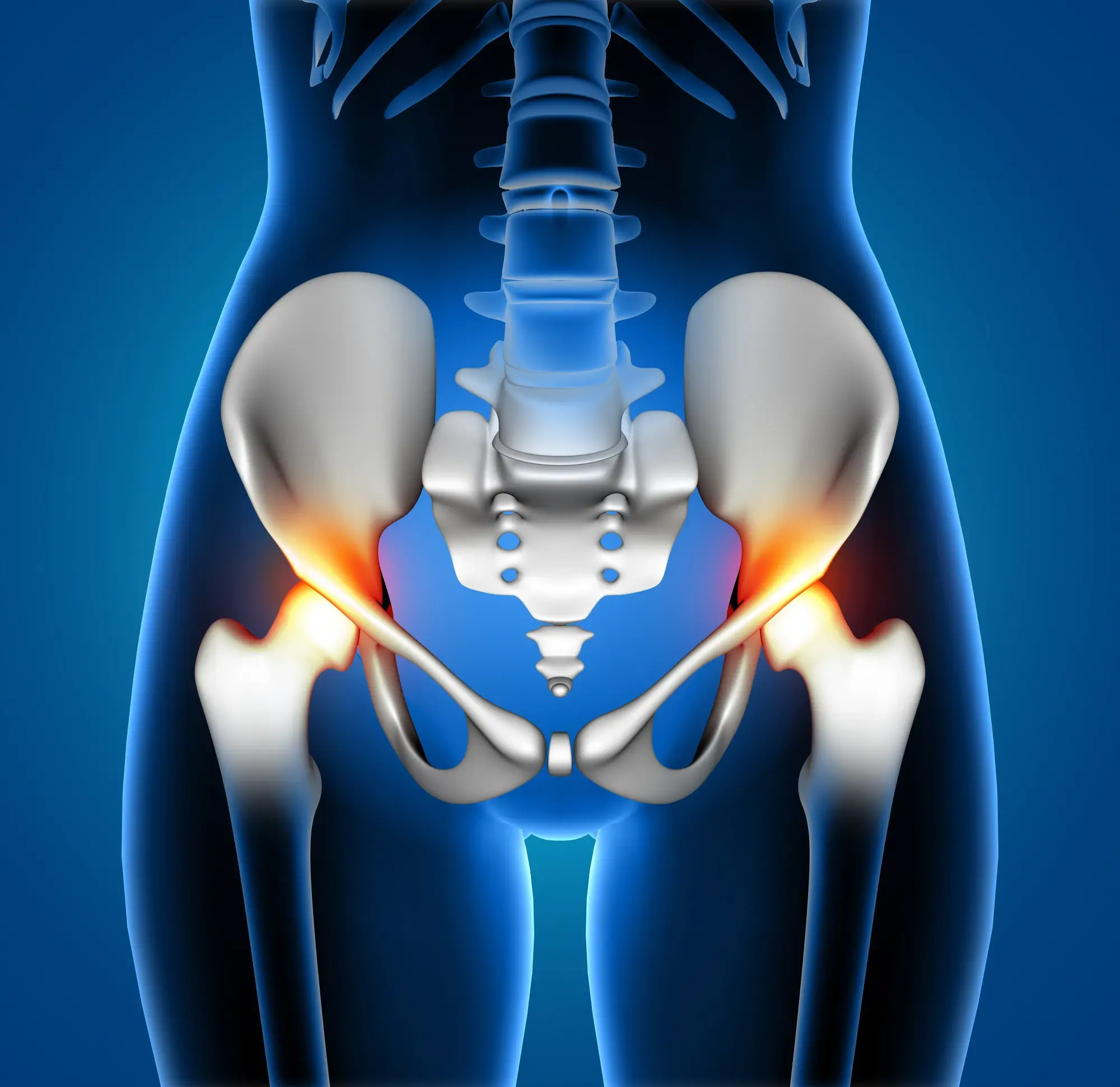Is DBS Surgery Right for You? Learn About Costs, Procedure, and Results

Do you know that Deep Brain Stimulation (DBS) has been used as a treatment since the early 1970s? In recent years, much research has been carried out to expand the usage of DBS for various neurological and psychiatric disorders.
Today, the Food and Drug Administration (FDA) has approved DBS for treating conditions like Parkinson’s disease, essential tremor, and epilepsy. But is DBS a good choice for you? Is it worth the cost? And should you consider it? This blog explains everything about DBS that will help you understand the surgery and make an informed decision. Let’s dive in!
What is deep brain stimulation (DBS) surgery?
Deep brain stimulation surgery (DBS) involves placing electrodes in your brain to correct abnormal electrical signal activity that might be occurring due to neurological disorders, such as Parkinson’s disease.
It is currently being used for disorders involving motor functions (movement) of the body. In some situations, DBS surgery serves as a treatment for psychiatric problems as well.
How does deep brain stimulation work?
During deep brain stimulation surgery, the electrodes and the pulse generator work together by regulating the electrical activity of your brain cells, known as neurons.
Electrodes - these are implanted inside the brain during surgery. These electrodes deliver electrical signals to the neurons, correcting faulty electrical signals. As a result, symptoms like tremors and stiffness are significantly reduced.
Neurostimulator - a pulse generator that contains batteries inside. It can be placed in your chest or abdomen, but most commonly it is placed near your collarbone underneath the skin. The electrical signals, generated by the neurostimulator, are then transferred to the electrodes present in your brain.
The pulse generator in your chest and the electrodes in your brain are then connected with the help of a wire.
Who is the right candidate for deep brain stimulation?
Deep brain stimulation (DBS) could be a great option for people with Parkinson’s disease or certain movement disorders who are struggling to manage their symptoms. You may be a good candidate for DBS if:
-
You’ve had Parkinson’s for at least five years: DBS tends to work best for those who have been living with Parkinson’s for a while and are experiencing difficulties with movement control.
-
You have troublesome tremors or involuntary movements: If you’re dealing with shaking or sudden, uncontrolled movements in your arms, legs, face, or trunk that medications aren’t helping, DBS can offer significant relief.
-
Your symptoms are fluctuating throughout the day: If your symptoms get worse in between doses of medication, or you’re frequently experiencing "off times" (periods when your meds aren’t working), DBS can help stabilize your motor function.
-
Medication adjustments aren’t working: If changing your medication or dosage hasn’t been effective in controlling your symptoms, DBS may be an alternative that provides more consistent results.
-
Dyskinesias are interfering with your daily life: If you’re dealing with unwanted movements that are hard to control and affecting your quality of life, DBS could reduce the severity and frequency of these issues.
It’s important to remember that not everyone with Parkinson’s is a candidate for DBS. The decision to move forward with this surgery depends on your specific symptoms, health, and how well other treatments have worked for you.
If you think DBS might be right for you, it’s a good idea to talk to your doctor about your options.
What is deep brain stimulation used to treat?
Deep brain stimulation (DBS) is a well-established advanced treatment for Parkinson’s disease and essential tremor.
1. Parkinson's disease
It is a brain condition that disrupts the motor functions of your body, resulting in tremors, stiffness, and slow body movements.
DBS is not a cure for Parkinson’s. Still, it is considered for reducing the intensity of your symptoms and improving the quality of your life. Research shows that about 72.5% of patients with Parkinson’s disease reported reduced tremors after DBS.
2. Essential tremor
Essential tremor is a nervous system disorder that causes uncontrollable shaking of your hands, arms, legs, and other parts of the body.
DBS showed improvement of up to 78% in symptoms of essential tremor. Thus, DBS can alleviate the severity of your tremors, leading to a better life.
3. Dystonia
Dystonia affects one or more parts of your body, causing tremors, spasms, abnormal postures, and pain.
If dystonia is disrupting your everyday life and seems out of control, DBS might be the right choice for you. According to one study, deep brain stimulation can provide about a 52% improvement in dystonia symptoms.
4. Obsessive-compulsive disorder (OCD)
Obsessive-Compulsive disorder (OCD), as the name suggests, causes recurring unpleasant thoughts (obsessions) in your mind that lead you to forceful repetitive behaviours (compulsions). OCD affects millions of people worldwide.
Medications are commonly used to treat symptoms of OCD. But if you are going through extreme OCD, you’ll need deep brain stimulation surgery. One study found that DBS for obsessive-compulsive disorder improved the condition by 50%.
5. Epilepsy
Epilepsy results from abnormal electrical activity that happens in your brain. Epilepsy causes seizures, which are uncontrollable jerking movements of the body.
If your epilepsy is unmanageable despite taking medications, consider going for deep brain stimulation. A 2024 study concludes that about 70.6 % of the patients with epilepsy responded well to deep brain stimulation.
Other potential applications
Deep brain Stimulation (DBS) has been the focus of research in recent years. According to one study, DBS might be able to treat the following conditions:
-
Tourette Syndrome
-
Huntington's disease
-
Chronic pain
-
Major Depression
-
Schizophrenia
-
Alzheimer disease
-
Addiction
There are still ongoing investigations to determine whether DBS can serve as a potential treatment for the above-mentioned neurological and psychological diseases.
How much does DBS surgery cost?
The cost of DBS surgery ranges from $20,000 to $150,000. Some countries offer DBS at lower prices while providing high-quality treatment at the same time.
Here are the estimated prices for DBS surgery across different countries:
| Country | Average Cost Range (USD) |
|---|---|
| U.S. | $53,266 - $100,041 |
| U.K. | $34,668 - $74,341 |
| Thailand | $21,000 - $34,668 |
| India | $21,000 - $24,300 |
| Turkey | ~$36,300 |
| Israel | ~$51,000 |
| Spain | $65,400 - $77,900 |
Note: Costs include device, surgery, and basic follow-up. Prices vary by hospital, device type, and case complexity.
Our DBS packages include travel coordination and post-op care. Contact us and explore our all-inclusive pricing packages to plan with confidence.
Factors influencing the cost of DBS surgery
The final price of DBS surgery may vary depending on the following factors:
-
Hospital and surgeon fees: The cost of DBS surgery depends on the hospital and its level of services. Experienced surgeons charge more for the treatment than the average price.
-
Type of DBS system used: Rechargeable batteries for DBS usually cost more than non-rechargeable batteries.
-
Pre- and post-operative care: This involves MRI, CT scans, blood tests before surgery and the post-op hospitalization, medications, and follow-up visits.
Insurance and financial support options
The following programs can help you manage your DBS surgery cost:
- Coverage by Medicare/Medicaid and private insurers
-
Medicare (for seniors or individuals with disability) and Medicaid (for low-income individuals) cover the cost of DBS surgery for you.
-
Private insurance provides most of the coverage for surgery expenses. However, the benefits of insurance vary with each company.
- Financial assistance programs
-
Non-profit organizations like the Michael J. Fox Foundation for Parkinson's Research offer financial aid, which you might consider taking if the DBS surgery cost is beyond your budget.
-
Hospitals offer payment plans that allow you to pay the charges in the form of installments.
The DBS surgical procedure
You will go through the following process while getting a surgery for deep brain stimulations (DBS):
Pre-surgical evaluation and preparation
-
Your doctor will have a detailed discussion with you regarding the surgery, its procedure, complications, and outcomes.
-
You'll undergo some medical evaluations like blood tests, ECG, and X-ray.
-
To decide the target area for placing electrodes in your brain, an MRI or CT scan will be done before surgery.
-
Your healthcare provider will give you instructions about the medications you can take and which ones you need to stop.
-
Avoid drinking alcohol 2-3 weeks before your surgery.
-
Don't have any food or drink after midnight the night before your surgery.
-
Pack all the stuff in a bag that you'll need in the hospital, such as a blanket, a pillow, light snacks, and drinks.
-
Take a bath before going for your surgery.
The surgical process
The deep brain stimulation (DBS) surgery involves two procedures - one for implanting the electrodes, the other for placing the pulse generator.
-
Your head will be placed inside a stereotactic frame to hold it. You will then have a CT scan or an MRI to identify the target location in your brain.
-
The surgeon might use local anesthesia, which means that only your scalp is numbed while you'll be awake during the whole surgical procedure. If a general anesthesia is used, then you'll be asleep during the whole surgical procedure.
-
After you have been put under anesthesia, the surgeon will shave your head.
-
The surgeon will make two or more holes in your skull. Through these holes, electrodes will be implanted in your brain.
-
Your surgeon will then close the incisions by stitching them.
-
You’ll be kept under observation in the hospital for a day or two, after which you'll be allowed to go home.
The next surgery for implanting the pulse generator will take place after a few days.
-
Your doctor will put you under general anesthesia - that means you'll be asleep during the whole surgical procedure.
-
A small incision will be made on your chest to place the pulse generator near your collarbone.
-
Finally, your surgeon will stitch up the incision made on your chest.
-
Hospitalization after surgery lasts for only a few hours.
Looking for the best DBS surgeons? At QCG, we work with trusted specialists and hospitals to make sure you're in the best hands for your surgery.
How long does deep brain stimulation last?
The surgery for placing electrodes inside your brain requires 3-4 hours. The implantation of a pulse generator is usually done within 2 hours.
The pulse generator is turned on a few days after the completion of DBS surgery. Your healthcare provider will adjust the dosage of your medications and the settings of your pulse generator.
You'll have to visit your doctor for follow-ups after surgery. They will fine-tune the programming of the pulse generator according to the nature of your symptoms.
You'll be provided with a remote control to turn on or off your pulse generator, for instance, your doctor might ask you to keep it turned off during the night.
How long does it take to heal from deep brain stimulation?
You'll recover from DBS surgery in 1-2 weeks and can return to light activities. However, for heavy activities, such as working out in a gym, you will have to wait for at least 4-6 weeks.
How successful is deep brain stimulation?
The successful role of DBS in managing symptoms of debilitating disorders, such as Parkinson’s disease, essential tremor (ET), and epilepsy, is well-established.
Here's a breakdown of success rates for DBS based on different conditions:
| Condition | Success Rate |
|---|---|
| Parkinson’s Disease | - 75–89% motor symptom improvement (tremor, stiffness, motor control) - 72.5% tremor improvement at 10+ years - 51% 10-year survival - 92.5% patient satisfaction after 10 years |
| Essential Tremor | - 66–78% tremor reduction, maintained for 5 years |
| Dystonia | - 25–75% motor symptom improvement |
| Obsessive-Compulsive Disorder (OCD) | - 20–50% response rate |
| Depression | - 40–70% improvement |
| Tourette Syndrome | - ~53% improvement |
| Epilepsy | - Up to 71% of patients respond with antiepileptic effects |
However, you must keep in mind that deep brain stimulation is not a ‘cure’ for these diseases. It is a treatment that helps lessen the symptoms so that you can navigate through your daily life with ease.
And the success rates can depend on various factors, including:
-
The patient’s overall health and age
-
The type of condition being treated
-
The skill and experience of the surgeon
-
The precise targeting of brain areas
-
Post-surgical care and rehabilitation
So, the decision to undergo DBS should be made with thorough consultation from a medical team.
How long does deep brain stimulation last?
Two kinds of batteries are available for use in DBS: rechargeable and non-rechargeable. In case of non-rechargeable batteries, they usually expire after 3-5 years. You'll need to undergo a small surgery to replace the batteries in the pulse generator.
Non-rechargeable batteries need to be recharged for a few hours every week. They have a longer life span and can last up to 9 years or more.
Deep brain stimulation side effects
Deep brain stimulation is considered a safe treatment option. However, some risks associated with DBS include:
-
Brain Hemorrhage
-
Infection
-
Device failure
-
Headache
-
Loss of balance
-
Speech problems
-
Vision changes
-
Muscle tightness
-
Numbness or tingling
-
Worsening of mood
Is deep brain stimulation safe for you?
Your surgeon can help determine whether you need DBS and how it might affect you. Deep Brain stimulation (DBS) has been performed successfully in many patients, who report improvement in their symptoms after getting DBS. Plus, the risks of DBS are low. Therefore, deep brain stimulation is generally considered a safe treatment option.
Interested in DBS treatment abroad? Request a custom quote and find out how much you can save with QCG’s expert care.

